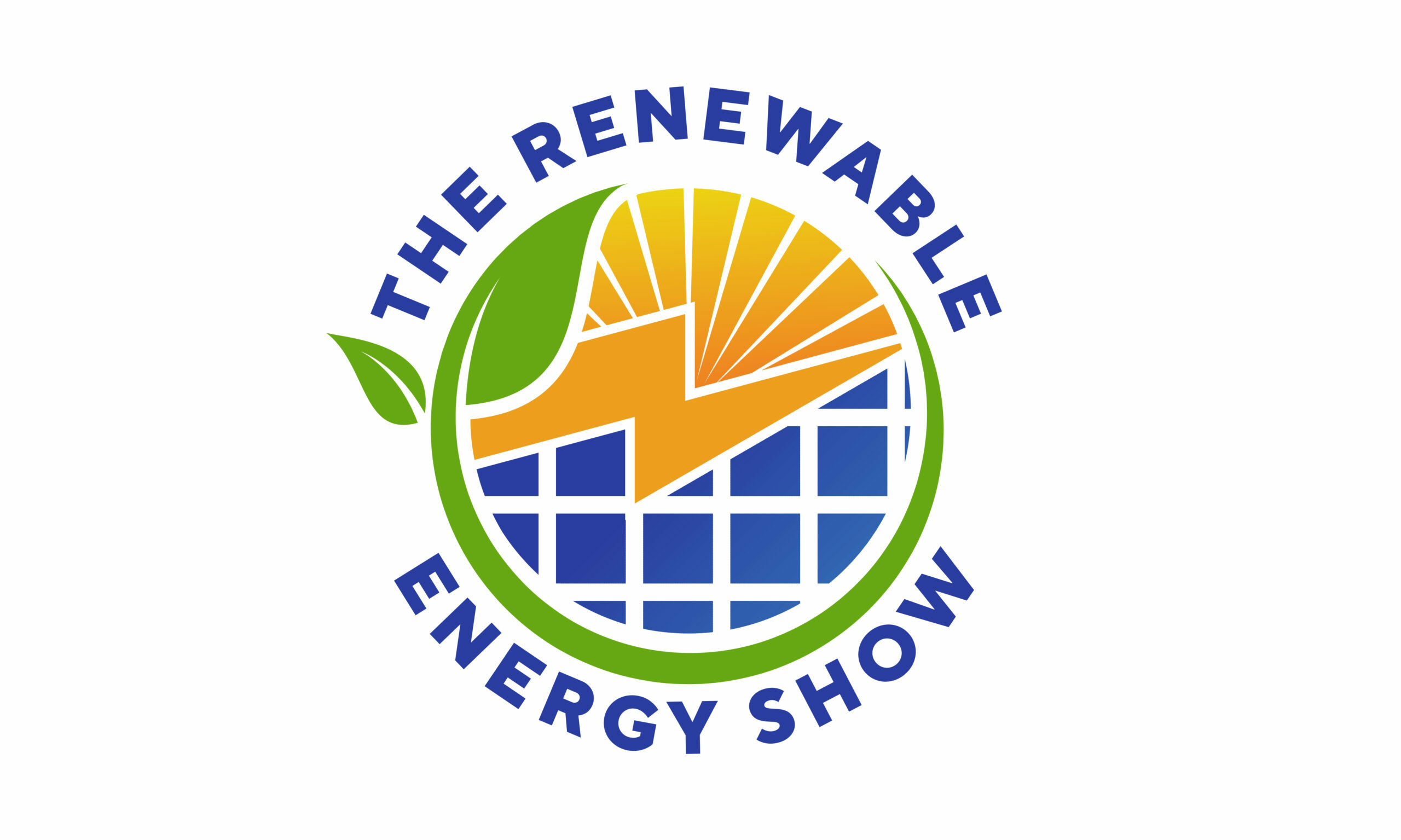As the world grapples with the existential threat of climate change, it’s astonishing that renewable energy policies have been more of a hindrance than a help in the transition to a cleaner, more sustainable energy mix. Despite the overwhelming consensus among experts that renewable energy is the way forward, governments around the world have been slow to implement effective policies that would drive adoption rates. In fact, many existing policies have inadvertently created barriers to entry, stifling innovation and hindering the very progress we so desperately need.
One of the primary issues with current renewable energy policies is their over-reliance on feed-in tariffs (FITs). FITs, which offer a guaranteed price for renewable energy producers, were initially hailed as a game-changer. However, they have proven to be a double-edged sword. While they provided a much-needed boost to the industry in its early days, they have since become too expensive for governments to maintain. As a result, many countries have been forced to abandon or significantly reduce their FIT programs, leaving developers and investors in a state of uncertainty.
Another problem with renewable energy policies is their lack of harmonization. Despite the EU’s efforts to establish a unified framework for renewable energy, each member state still has its own set of rules and regulations. This lack of consistency creates a fragmented market, making it difficult for developers to navigate and for investors to get a clear picture of the opportunities and risks involved. It’s like trying to put together a jigsaw puzzle with missing pieces – no matter how hard you try, the final product will always be incomplete and unsatisfactory.
Furthermore, many renewable energy policies focus too much on the technology itself, rather than the people and processes that drive its adoption. For instance, policies that prioritize large-scale solar farms over rooftop solar installations can create a situation where only a select few have access to the benefits of renewable energy. This neglects the fact that many households and small businesses are eager to adopt renewable energy, but are hindered by high upfront costs and lack of financing options.
It’s also worth noting that renewable energy policies often fail to address the issue of grid integration. As the share of renewable energy in the energy mix increases, the grid becomes more complex and challenging to manage. Policies that don’t account for this reality can lead to grid instability, power outages, and other problems that undermine the very rationale for transitioning to renewable energy.
So, what’s the solution? First and foremost, governments need to take a more holistic approach to renewable energy policy-making. This means considering the broader social, economic, and environmental implications of their decisions, rather than focusing solely on the technology itself. They should also prioritize harmonization and consistency, to create a level playing field for developers and investors. Finally, they need to address the issue of grid integration head-on, through policies that support the development of smart grids, energy storage, and other technologies that enable the reliable and efficient integration of renewable energy.
In conclusion, while renewable energy policies have been touted as a key driver of the transition to a cleaner, more sustainable energy mix, they have often fallen short of expectations. By recognizing the flaws in current policies and taking a more comprehensive approach to renewable energy policy-making, governments can help unlock the full potential of this vital sector, and ensure a more sustainable future for all.
